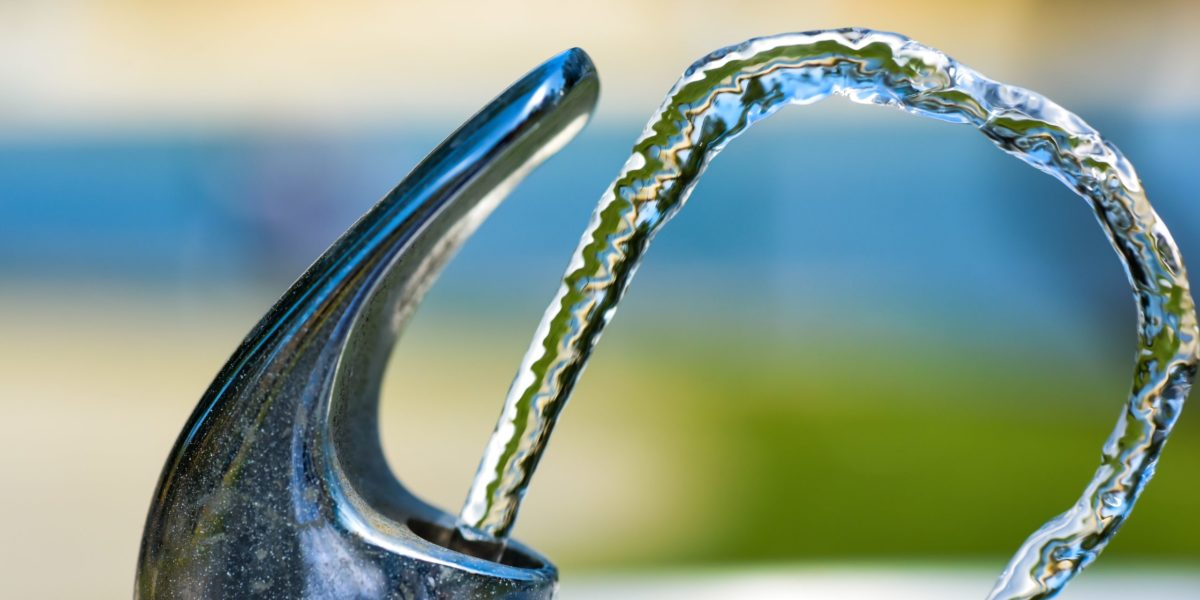It began with dizziness and a headache.
Residents of Iqaluit were brushing their teeth, leaving out a drink for their pets, and brewing cups of coffee with their tap water — unaware the water pumped into their homes was, and continues to be, contaminated with fuel.
In early October, Iqaluit residents began writing Facebook posts complaining of a foul odour in their tap water stemming from a municipal water service.
That’s how the water crisis in Iqaluit first came to light. Within ten days, Iqaluit city council declared a state of emergency to “protect city infrastructure and public health.”
While the city claims as of Oct 15 there is no concern at this time, test results from the same day showed “exceedingly high concentrations” of fuel in a water storage tank.
The test results confirmed the concerns of residents — their water had been poisoned.
New Nunavut MP calls crisis
Lori Idlout had only won her seat in the federal election two weeks ago before she received the news about her city’s water contamination. That foul odour was fuel.
It was early October and Idlout was in Ottawa for her Member of Parliament orientation. By the time she returned home, she couldn’t use the water from her taps — forcing Idlout to find alternative sources of water for everyday living.
Idlout told rabble.ca in an interview she’s since had meetings with Iqaluit Mayor Kenny Bell and federal NDP leader Jagmeet Singh to discuss next steps.
Idlout credited Mayor Bell for declaring a state of emergency, ensuring the territorial government could provide large numbers of bottled water to residents of Iqaluit.
“It’s still a bit concerning because we’re still not seeing more of a strategic response to ensuring that we have healthy drinking water available sooner rather than later,” Idlout said.
While larger amounts of bottled water are being shipped to Iqaluit now, Idlout said that when allocations were first made available, the prior shipment had run out while many families were left without clean drinking water.
“I think the frustration might be that there wasn’t a better emergency preparedness plan that could have been kicked in to make sure that information was shared broadly to the community,” she explained.
Idlout has to remind herself not to use the tap water to brush her teeth out of habit.
She also relies on large jugs to collect river water and uses her vehicle to travel for water distribution — resources many residents of Iqaluit do not have access to.
“[I’m] really just taking the extra diligence to make sure that the water that we’re consuming is either boiled or is from bottled water so that we don’t get sick,” Idlout said.
“Just a minute,” Idlout said at one point, walking down to her basement to count her daily allotment of bottled water. Currently, Iqaluit is providing 12 litres of water each day to residents, divided into 24 500ML bottles.
Compare that number to the 300 gallons of water an average American family uses each day, according to the country’s Environmental Protection Agency.
That 12 litres isn’t just for drinking. Tap water is used for preparing food and baby formula, as well as bathing and washing dishes and laundry.
It’s widely recommended Canadians drink six to eight 250ML glasses of water each day — that’s three or four water bottles per person, just for drinking.
For many families without internet access, getting the latest updates on the state of emergency proved to be more difficult. Idlout blames the “crazy expensive” internet costs in her region.
“Whenever I go [to Ottawa], there’s a lot of places that provide free WiFi access, that provide unlimited internet. None of those are available in Iqaluit. They’re not available in any of them in the Nunavut communities,” Idlout said.
A major issue at play, according to Idlout, was Monday’s territorial election. Prior to the election, without a territorial government in place, Idlout said it was unclear what measures Nunavut could take within its jurisdiction to take swift action on the water contamination.
One interview for this article did not take place as planned. A loved one of the interviewee suffered a medical emergency and, because the hospitals in Iqaluit are unable to sterilize equipment, they were forced to fly to Ottawa for help.
With only one hospital in Iqaluit, Idlout raised the concern of increasing the risk of COVID-19 exposures by flying patients south for treatment.
Idlout says the discovery of water contamination in her city reiterates how important it is that Canadians understand how pivotal federal support can be for the territories.
“Even though we may be a smaller population in our jurisdiction, that doesn’t mean that the cost of providing services should be decreased.”
The Qajuqturvik Community Food Centre, an organization dedicated to food security in Iqaluit, says on its website that food costs in Nunavut are more than double the national average. Even starker, more than half of households in the territory are experiencing food insecurity — an issue exacerbated by the contamination of water.
Flying groceries into the territory drives the price of food up at a skyrocketing rate. In 2012, APTN reported that a 24-pack of bottled water — the same amount of water Idlout rations each day — cost customers $104, or $4.33 per bottle. The same report noted the cost of peanut butter rang in at $18 a jar.
As Toni Morrison wrote, “all water has a perfect memory.” The revelation that an MP is being forced to live without safe drinking water should be a wakeup call for all Canadians.




